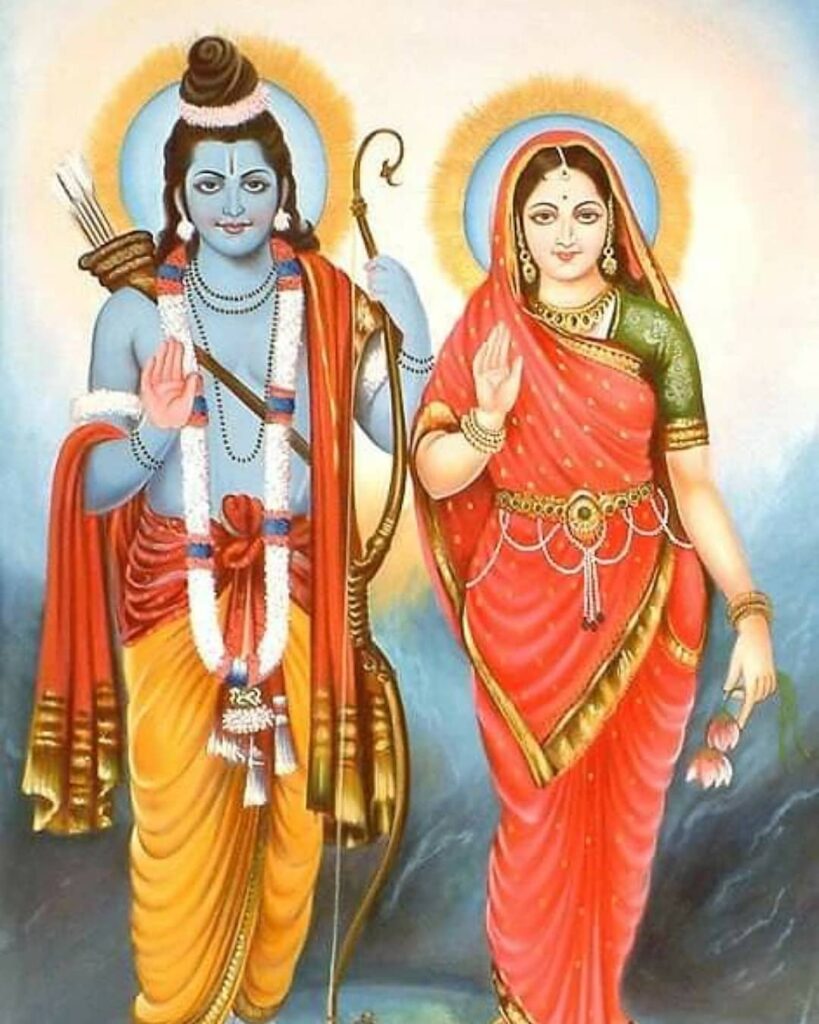This article was published in Manushi Issue No 39 of 1990.
FROM time to time, a number of women have written to Manushi, wanting to know whether there is any law requiring a woman, after marriage, to take on her husband’s surname. While there is no such law, the fact that many people think there is, indicates how widespread the practice has become amongst educated people in India. Often, government officials insist that a married woman must adopt her husband’s name on a ration card, a passport, or other legal document. One woman in Gujarat had to send a legal notice to the passport authorities, before they would concede her legal right not to change her name.
In fact, the practice seems to have been implanted in India by the British administration. The colonial rulers introduced a great deal of paper work into the system of governance. A form had to be filled up for everything. These forms were drafted on the assumption that everyone has a “first name” or “Christian name” and a “second name” or “surname,” simply because such was the practice among the dominant groups in England. Most of these surnames appear initially to have been coinages—people being given their caste or village or occupational name or their fathers’ first names as surnames, and Christian converts adopting a Biblical name or the name of the missionary who had converted them.
A harmful side effect of the surname practice is the attachment of a fixed caste identity to each person, as the majority of what pass for surnames are in fact caste names— Arora, Mukherjee, Patel, Mahajan. Few of these caste or occupational terms were even part of people’s names. From a person’s name, particularly a woman’s name, it would rarely have been possible to identify his or her caste, as it is today.
The practice of filling up forms and writing applications has today proliferated and spread from government to most other institutions. The unnecessary column “ Father’s/ husband’s name ” appears in almost every form. As soon as a child enters school he or she is arbitrarily given the father’s name as a surname.
Thus, the structures of formal education developed in the British era have universalised this particular naming practice amongst those who receive a schooling. To them, it appears the only sensible, indeed the only possible, naming practice.
But, previous to this roadrollering, naming practices in India exhibited much diversity. Amongst those who have not received a formal education—the majority of India’s population—these practices still flourish.
In general, the practices seem to have been based on the principle of each person having his or her own name, father’s or husband’s name not being attached to this. Thus— Ramchandra and Sita, Jehangir and Nur Jehan. There is no mention of a Mrs Ram or a Miss Janak. There is just Sita—although she may be referred to in different contexts as Ram’s wife and Janak’s daughter (Janaki), just as Ram is referred to as Sita’s husband.
Many communities give names with a dual component, like Kamla Devi, Janak Kumari, Nur Fatima, Mohan Ram, Jesudas, Mira Bai, Hamidan Bano. Some communities attach one word to all male names and another to all female names, for example, Singh and Kaur. In some regions, this word signifies a kinship relation that the person bears to society in general. In Gujarat, for example, the word meaning “brother” or “sister” is universally attached to people’s names— Hamid Bhai, Florence Behn. In some parts of the South, Amma (mother) is similarly attached to women’s names — Kamalamma, Saramma.
Tamil Brahmans attach the father’s initial before the child’s name—K. Radha. This does not change after marriage. Many other naming practices exist. People are frequently identified by the places they hail from—Surjit Singh Barnala, where the last name is that of his village. So also, Sita, hailing from Mithila, is called Maithili. Poets, when coining their pen names, often take the name of a village or town, for example, Firaq Gorakhpuri.
So also, equivalents of Mr, Mrs and Miss—all now made ubiquitous by application forms—do not seem to have existed. Shri and Shrimati were both used as honorifics for a woman, but had no reference to her marital status. A suffix like Kumar or Kumari, which seems to indicate an unmarried status in fact has a wider connotation for it is not dropped after marriage.
Unfortunately, a whole range of more beautiful and dignified naming practices in which a name is essentially an indicator of an individual’s identity, are fast being replaced by the practice of a man’s surname being given to his wife and children— which is essentially the use of a name to indicate his proprietary rights over them.
In some communities, the practice did exist of husband and in-laws changing a new bride’s first name. Her parental family would continue to call her by the original name, but in her husband’s home, she would be known by the new name. This is one way of attempting to erase a woman’s identity and reducing her to the status of a dependent child in her marital home. However, this practice does not appear to have been a widespread one.
Today, the administrative and educational systems are rapidly and aggressively spreading the practice of surnames. When employed women marry, they often discover that their name is changed in all records without their being consulted, and everyone starts addressing them as ‘Mrs’. A woman will often find herself being termed Mrs Ramanathan or Mrs Singh even if she continues to sign H. Seetha or Gurdip Kaur.
In the USA, many women have started taking on the husband’s name without dropping the father’s name. However, this does not undo the inequality inherent in the practice of acquiring the husband’s surname. The woman ends up with two men’s names instead of one attached to her own name. Some couples have also started interchanging names, that is, both husband and wife carry their own father’s name hyphenated with the spouse’s father’s name. This, if passed on to children, would soon become impossibly unwieldy.
In India, we do not need to resort to such stratagems, since many individual based naming practices are still prevalent, although in danger of being eroded by the patrilineal family based naming practice.
Unlike most English names, the meanings of most Indian names are not obscure—they are still commonly understood. This makes it easier to give names that are meaningful and complete in themselves, rather than mindlessly picking up surnames and caste names that function as labels.

